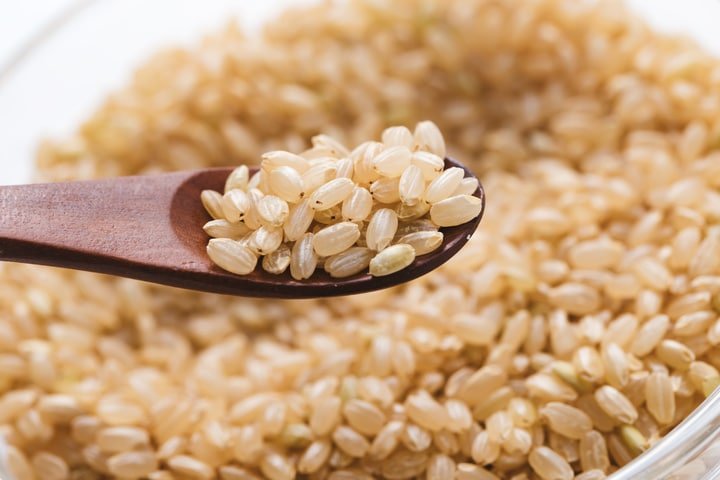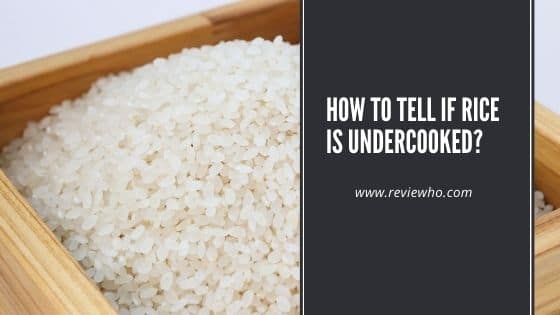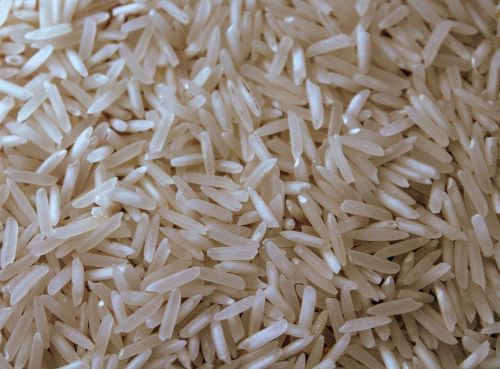Rice is one of the most popular dishes in almost all cultures. Not only is it fluffy and savory, but also goes perfectly with almost every other meal. There are different ways of preparing meals with rice, including mixing ingredients in the rice itself. You can also cook rice alone in different ways, such as steaming and boiling. Seems simple, doesn’t it? However, regardless of how simple it appears to be to cook rice, there are chances of spoiling it. If you happen to overcook, burn, or undercook rice, it will lose the flavor and sweetness that we all appreciate.
You have to do it just right if you want to bring the best out of your meal. So, how do you do that? How do you know if you have overcooked or undercooked your rice? Well, in this post, we intend to teach you exactly how you should cook your rice perfectly without spoiling it. We will also include ways to identify overcooked or undercooked rice and how you can easily fix these problems. Stay tuned!
Cooking Rice Perfectly
Before we start looking at the process of cooking the rice, there are two main rules that you have to follow at all times regardless of the method of cooking you are using to cook your rice.
- The first rule is that you should measure the rice you want to cook by volume. Measuring by volume is better because it helps you measure the adequate amount of water better than you would when you measure by weight.
- The second rule is that you should never stir your rice when it is cooking. The main reason why this is not a good idea is that when rice starts soaking, the grains will become weaker. It means that when you stir, you will break the grains up, which in turn will make the grains sticky. Remember, if you feel like the grains might stick to each other, we recommend that you add some oil or butter. Be careful not to add too much. Just a spoonful would be enough.
Now, let us get to the cooking process!
Rinsing and Soaking Rice
You want to rinse your rice before you cook it and there are two reasons behind this step. Some mills tend to use talc to aid in milling. You have to remove that talc before you cook your rice. That is the first reason why you need to rinse your rice.
The second reason why you should rinse your rice is to remove the excess starch. The excessive starch would make your rice sticky.
When it comes to the soaking process, it is not mandatory. However, you should soak for around 30 minutes, especially if your rice was stored and is a bit older. When it comes to making basmati or brown rice, the soaking process is traditional. It will allow the rice to soak to maximum length.
Finally, drain the rice completely so that there isn’t excessive water in the cooking pot.
Simple Method of Cooking Rice
As explained in the introduction, you can cook your food in either of the many available cooking methods. However, we all want to cook rice with the simplest method, which happens to be absorption.
The process of absorption requires that you cook the rice in water whose quantity is measured carefully. After the rice cooks, the water is absorbed by the rice grains and the steam will continue cooking the rice.
Remember, brown rice might require more water compared to short-grain rice. Also, when you add water, the rice will become softer and sticker.

How to identify when Rice is done
How do you know if rice is done? Usually, the process of absorption should take around 12 minutes. If you are wondering how to tell when rice is done, you should first taste it. When tasting a bit of the rice, you should be checking for the texture. In case it is hard at the center, you should add a quarter cup of water and then cook it for an additional 3 to 5 minutes. The lid should be on the pot this whole time. If it is perfect but it is still soaking, remove the lid and cook it longer on low heat levels.
Leave it to rest for a short while before you serve it.
Undercooked Rice
If you have never cooked rice before, chances are high that you messed it up. We have looked at how to know when rice is done. Now we will learn how to tell if rice is undercooked. First, the undercooked rice does not have a fluffy and soft consistency. It happens to be extra chewy and somehow hard. It might also happen to have a grainy texture.
Overcooked rice, on the other hand, is extremely soft and mushy. It will look more like mashed potatoes.
How To Fix Undercooked Rice In The Microwave
Fixing undercooked or overcooked rice is quite easy. You simply need a microwave and some paper towels. If it is undercooked rice, place it in a bowl, making sure the bowl is microwavable. Soak two paper towels in water and squeeze a bit of that water on the rice, after which you should place the towels on the bowl. Microwave it for two minutes and the rice will be perfect.
If the rice is overcooked, you simply need to spread the rice grains on a wide plate and microwave it on a low setting for a minute. The microwave will dry out the rice and it will be perfect.
Also, read: How To Cook Rice in Microwave
Conclusion
Can you eat undercooked rice? Does undercooked rice make you sick? Well, if you are not going to cook rice properly, you should know if it is possible to consume it. The truth is that if you eat raw or undercooked rice, you increase the risk of health issues, which include, but are not limited to, food poisoning. Be careful with the rice you prepare.
Related:
- Best Rice Cooker Reviews
- Rice Cooker Versus Pressure Cooker
- How To Keep Rice From Sticking To Bottom Of Rice Cooker
Feel free to share your observations with me in the comments section!
Also, if you find the information in this post to be useful, be sure to share this post with your friends on Facebook, Twitter, and Pinterest!






